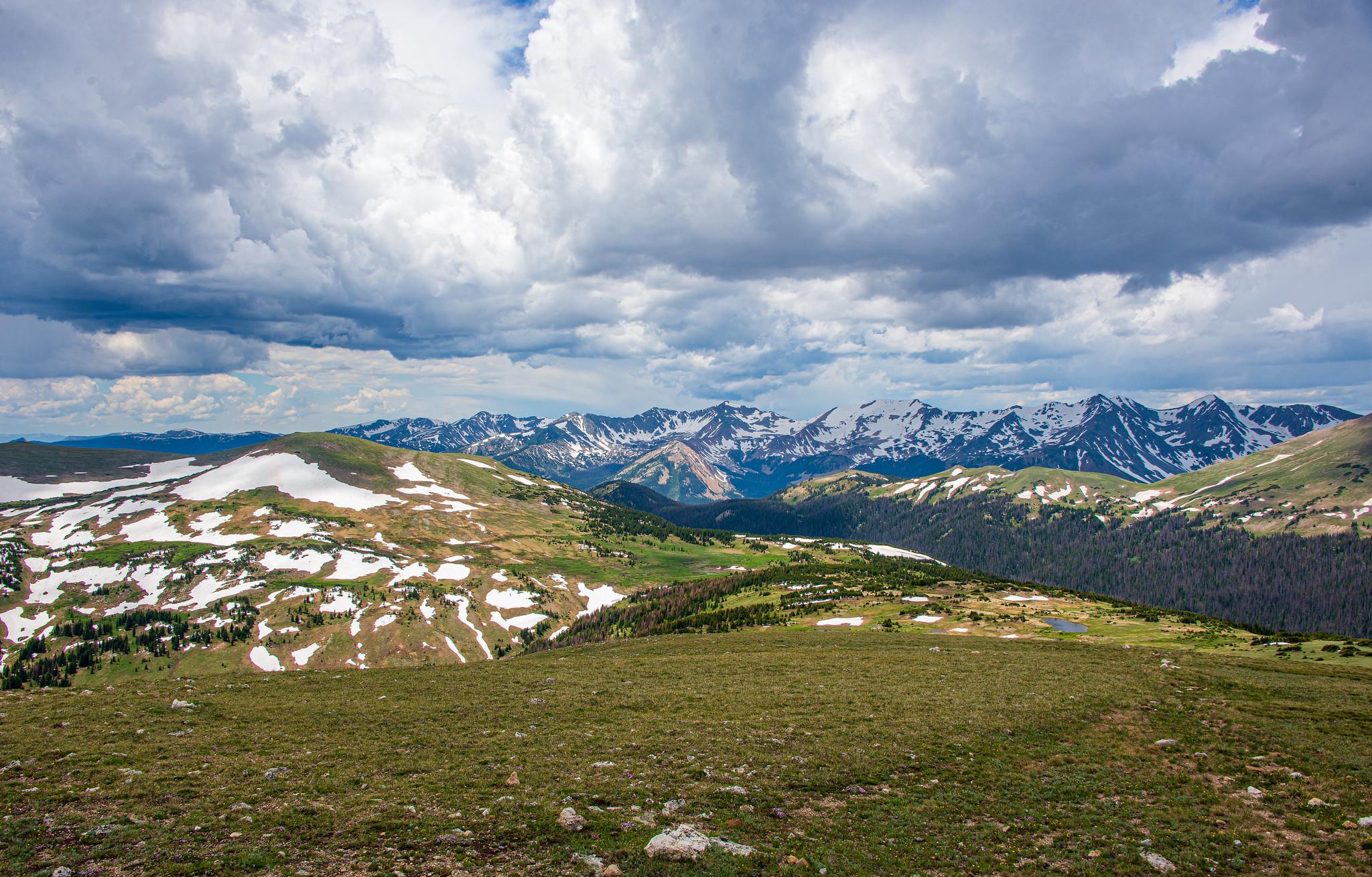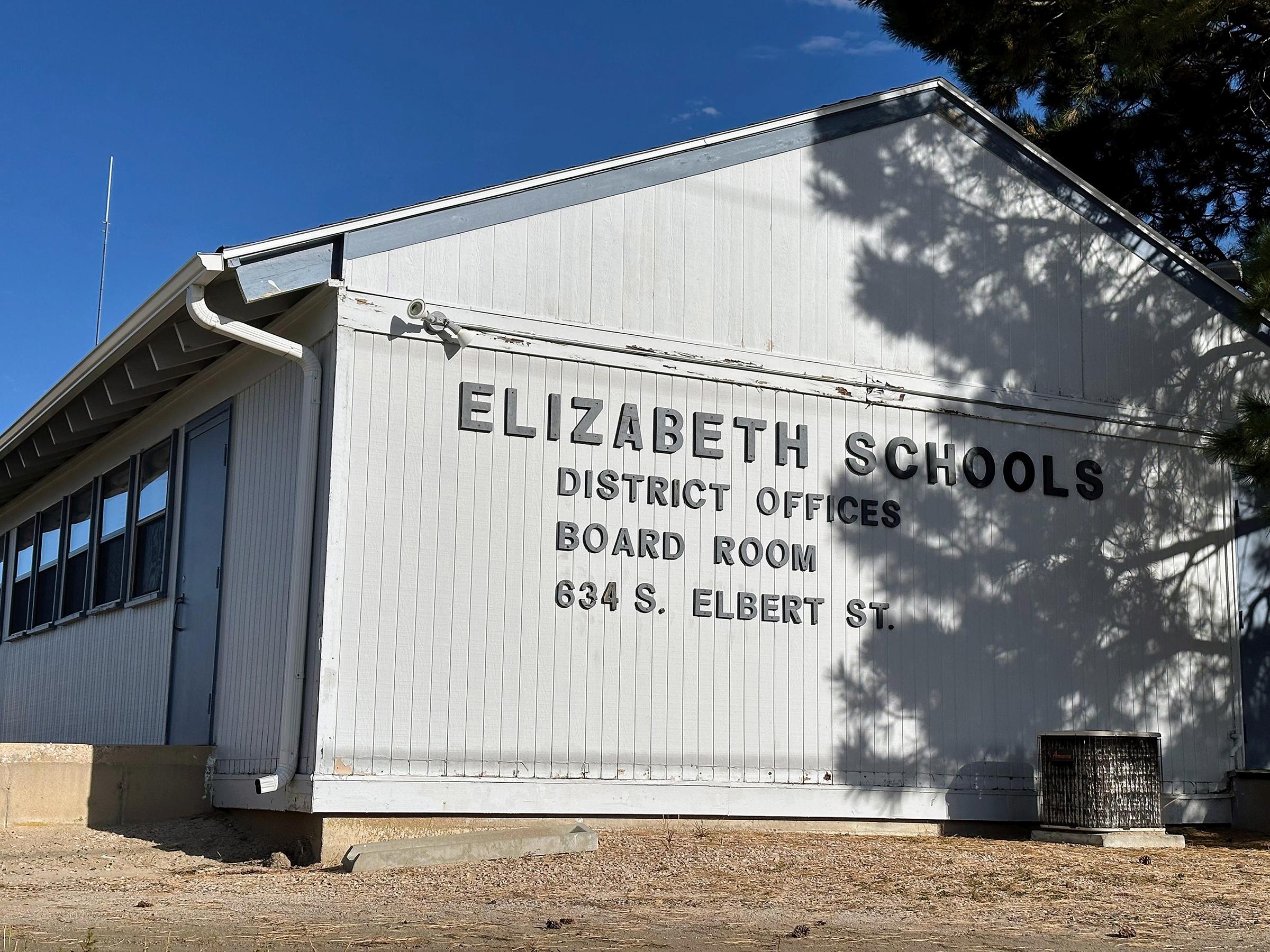
Colorado has many mountain ranges, and they were all named somehow. In north-central Colorado, in the far western part of Rocky Mountain National Park, the Never Summer mountains rise to nearly 13-thousand feet. So how did this range get its name?
Kerry Pettis has lived in Colorado for more than 50 years, and she loves it. Pettis has a thing for place names, and she wrote into CPR’s Colorado Wonders about several of Colorado’s intriguing place names.
“Well, I'll give you a couple of examples of others that I wonder about. I wonder about Cripple Creek, which is west of Colorado Springs. And I wonder who broke their leg … there or whatever happened.” Pettis said. “And I wonder about the Cache La Poudre River out of Fort Collins: Who was hiding gunpowder and why were they hiding gunpowder?”
But one place, in particular, prompted her to submit a question to us.
Pettis said one of her favorite place names in Colorado is the “Never Summer” mountain range. She wonders how that name originated and what mountains it includes.
“It's such an evocative name. So poetic,” she said.
Pettis said she assumes it was so named because it's always cold and wintry there, and snow never goes completely away, even in the middle of summer.
Seventeen named peaks in north-central Colorado make up the Never Summer Mountains. Pettis has the right idea for how the place gets its name. The Never Summer Mountains do get their name from the extreme amounts of snow and rain that frequently fall there, but the upside is that the region's varied ecosystem is a direct result of this climate.
But there’s more.
Dave Lively is a professional tour guide and speaker who presents the history of the west side of Rocky Mountain National Park, which includes parts of the Never Summer Mountains. He says the descriptive name has its roots in the Arapho people originally living in the area.
“In 1914, just before Rocky Mountain National Park was established, we invited — and when I say we, the Colorado Mountain Club, a hiking club that still exists today — two elders and their interpreter from the Arapaho Tribe at the Wind River Indian Reservation to come down and go on a two-week pack trip out of Estes Park,” Lively said.
Notetaker Oliver Toll as well as a rancher in the Estes Park area named Shep Houston were also part of the group.
Lively said the Arapaho spent many years traveling and living in and out of the Kawuneeche Valley, much like another tribe did, the Ute. They had names for all the things they saw: the places, the wildlife, and the beauty of nature that surrounded them.
Lively said the group asked the Arapaho leaders through their interpreter about their experiences and thoughts when they were in the region. “But on this two-week pack trip, they pointed out different sites in different locations, and one of those sites they called the Kawuneeche or the Coyote,” Lively said. “And above that they pointed to the mountains that they called ‘never no summer.’” So the group adopted that name.
To further illustrate how apt the name "Never Summer" is, Lively shared that the area did in fact have snow last August and that you can find pockets of snow year-round on the range.
Lively said some of the mountains can be accessed with a simple day hike.
“There are a number of trailheads, on the west side of Rocky Mountain National Park as you drive on U.S. Highway 34 through the Kawuneeche Valley, for instance. The Bowen and Baker Trailhead is a very popular trail.”
Lively said visitors can start there and within a matter of four to five hours one way, they could be on the side of Baker Mountain “with a gorgeous view down the Kawuneeche and looking south all the way down toward Mount Baker, which is over 65 miles away at that point,” he said.
The National Park Service says the Never Summer Mountains have the only volcanic rock in Rocky Mountain National Park, deposited there millions of years ago. Today it’s home to 20 miles of hiking trails and tourism officials say the mountains have some of the oldest trees in Colorado – some up to 600 years old.









